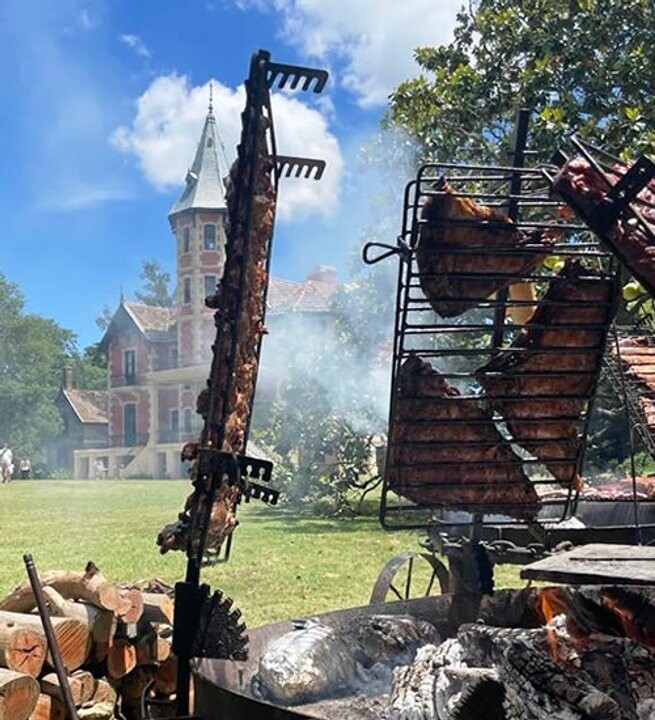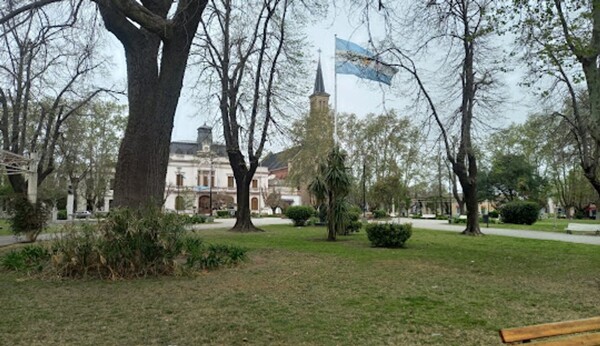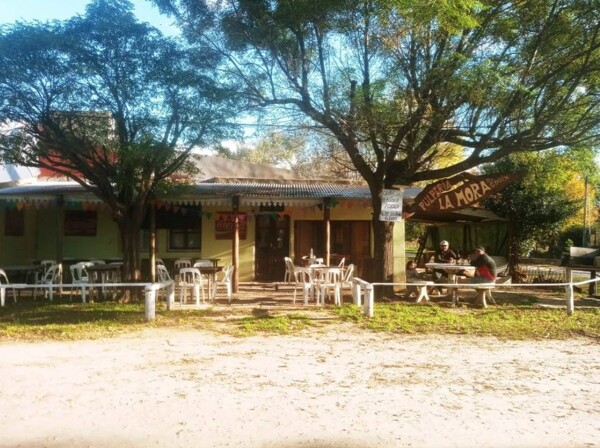
A few kilometers from the City of Buenos Aires, in the countryside, history and the present meet at Estancia La Raquel, a place that offers a delicious typical lunch of national cuisine and the possibility to enjoy nature while learning about and creating stories to tell. This site is located at kilometer 168 of Route 2, on the banks of the Salado River in the Castelli district, province of Buenos Aires, and is considered a castle of Argentine aristocracy.
Access to La Raquel is easy and features a large garden for walking and learning about the history of this architectural jewel that reflects the opulence of the so-called Argentine Belle Époque. Visitors can enjoy lunches and also host social events such as weddings. The property passed to Valeria after the death of her father, who along with her husband Juan Pablo Russo, continued the family legacy, actively participating in the development of the estancia and in various cultural and charitable initiatives.
Estancia La Raquel is located at a strategic point on the way to the Atlantic coast, near the City of Buenos Aires, and continues to contribute to the cultural and social development of the region, inviting people to immerse themselves in its rich history and natural beauty. The place has a strong cultural and charitable commitment, participating in initiatives that benefit the local community through the Russo Guerrero Foundation, linked to the estancia.
The castle, built in 1894 and of French style with salmon-colored walls and tiled roofs, belongs to descendants of the Guerrero family, one of the wealthiest families in 19th century Argentina. La Raquel stands out as one of the main attractions for travelers touring the country, offering a countryside day on its 80 hectares where tourists can participate in outdoor activities and enjoy social, business, and cultural events.
The history of La Raquel is linked to figures such as Felicitas Guerrero, known for her tragic love and death story, and to Manuel Guerrero, who acquired the lands where the estancia currently stands after the death of his sister. After a process of renovations and restorations, La Raquel reopened its doors to the public with multiple services for the enjoyment of its visitors. In short, Estancia La Raquel is a living space that invites exploration of the beauty and history of Argentina, keeping alive the tradition and legacy of the region.













